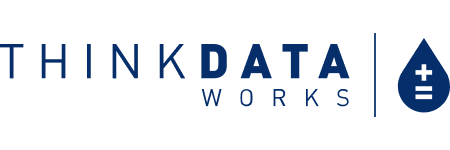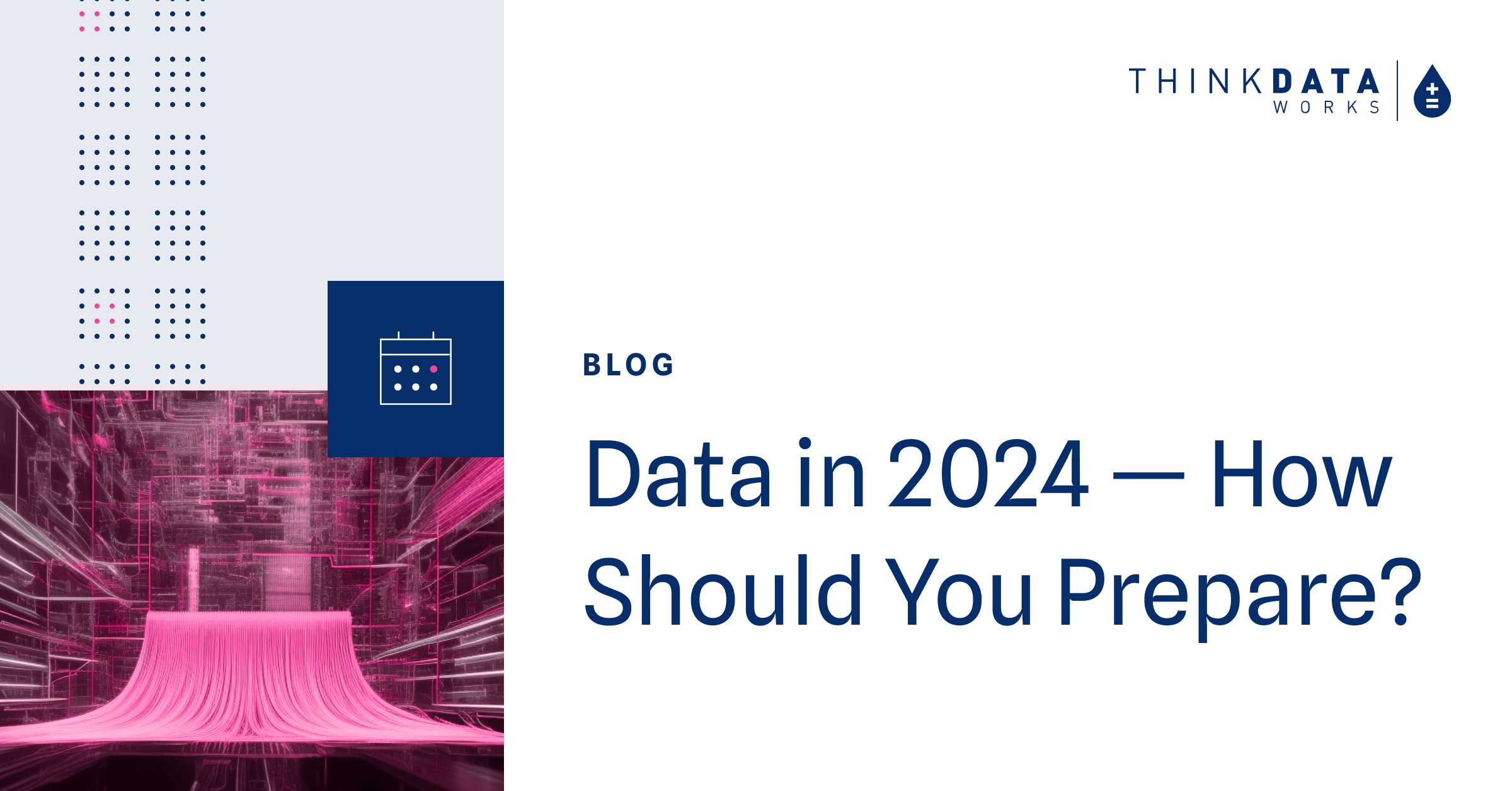4 min read
Data is what allows organizations to understand the systems they operate in, assess their interdependencies, and prepare for the scenarios they’ll face in the coming months. We explore how this applies to building a robust, resilient supply chain.
If there’s one thing businesses will learn from the COVID-19 pandemic, it's that they cannot return to the way things were. The new environment we're being invited to operate in is less stable, less certain, and tests assumptions around globalization, supply chains, and consumer behaviour. Often referred to as VUCA – volatile, uncertain, complex, and ambiguous – these environments require businesses to adapt their strategies, processes, and predictive models.
Key recommendations:
- Access new data to enrich your current knowledge and understand a broader scope
- Coordinate insights from across your supply chain to reveal interdependencies from source to production to logistics to customer
- Improve customer and supplier relationships by enhancing transparency
- Get predictive by embedding a data strategy into your supply chain
For businesses to emerge from this scenario stronger and more resilient, to “win in the turns,” they must apply strategic, disciplined approaches to adapting their business models and accelerate the changes that will give them a competitive advantage. Companies who understand that they must move quickly, who rely on unbiased information, and who pivot as needed will come out of this on top. The ability to make these smart, strategic decisions will rely heavily on an organization’s access to good data and the ability to understand it.
Mapping the system
Taking a systems approach to supply chain design will enable leaders to consider a wider range of choices and build responsive, resilient companies in the wake of an economic downturn. Systems thinking is especially relevant for companies whose viability depends on interconnected supply chains and the movement of goods across borders. Faced with unexpected shortages, companies must broaden their scope to understand where opportunities lie.
Data is key for companies to map their supply chain and understand how it is impacted by the wider environment. Sources of data that can enhance the picture of your supply chain include global trade flows, labour mobility, regulation changes, shipping routes, and warehouse capacities.
For organizations with a heavy reliance on global suppliers, transportation networks are a critical piece of the puzzle. Data can help companies understand changes in costs, traffic at ports of entry, and fleet movement, all of which are key indicators.
Understanding this broader picture enables companies to grow outside the traditional internal data held on Enterprise Resource Planning (ERP) and Supply Chain Management (SCM) systems to understand the broader global system, and identify new opportunities and roadblocks sooner.
This goes beyond the information involved in getting goods from A to B, or comparing the cost of raw materials. Tertiary data that offers companies information about ethical, environmental, and social well-being indicators contribute to the triple bottom line. Layering information about the labour force involved in production, the environmental impacts of production and transportation, and the authenticity of resources earns companies greater trust and consumer confidence. The need for transparency throughout the supply chain has become more apparent during the COVID-19 pandemic, which has highlighted supply chain risks driven by exposure to unstable labour markets in which workers can’t self-isolate and have limited access to health care.
Data solution:
The Namara Marketplace is an easy point of access for hundreds of thousands of normalized, queryable datasets that will enable you to broaden your data scope and thus, your picture of the entire supply chain.
Assessing interdependencies
As Gartner research indicates, supply chain leaders understand that a lack of transparency is a significant risk, especially when supply origins are opaque. Without a clear understanding of the underlying connections, a cascading failure triggered by labour shortages will impact the ability of a consumer-packaged goods company to fulfill their orders, resulting in loss of customer confidence. The COVID-19 pandemic is a prime example of the need for this kind of external insight.
Understanding how each link in the chain is connected requires the coordination of data from all stages of the production process – sourcing, production, transportation, storage, distribution, and consumption (see Figure A). Using data to understand interdependencies enables organizations to get ahead of opportunities, and pivot to alternatives at any step when it's necessary.
Figure A: Adopted from McKinsey & Company, "Supply Chain Analytics - Gaining value from data-based decision making"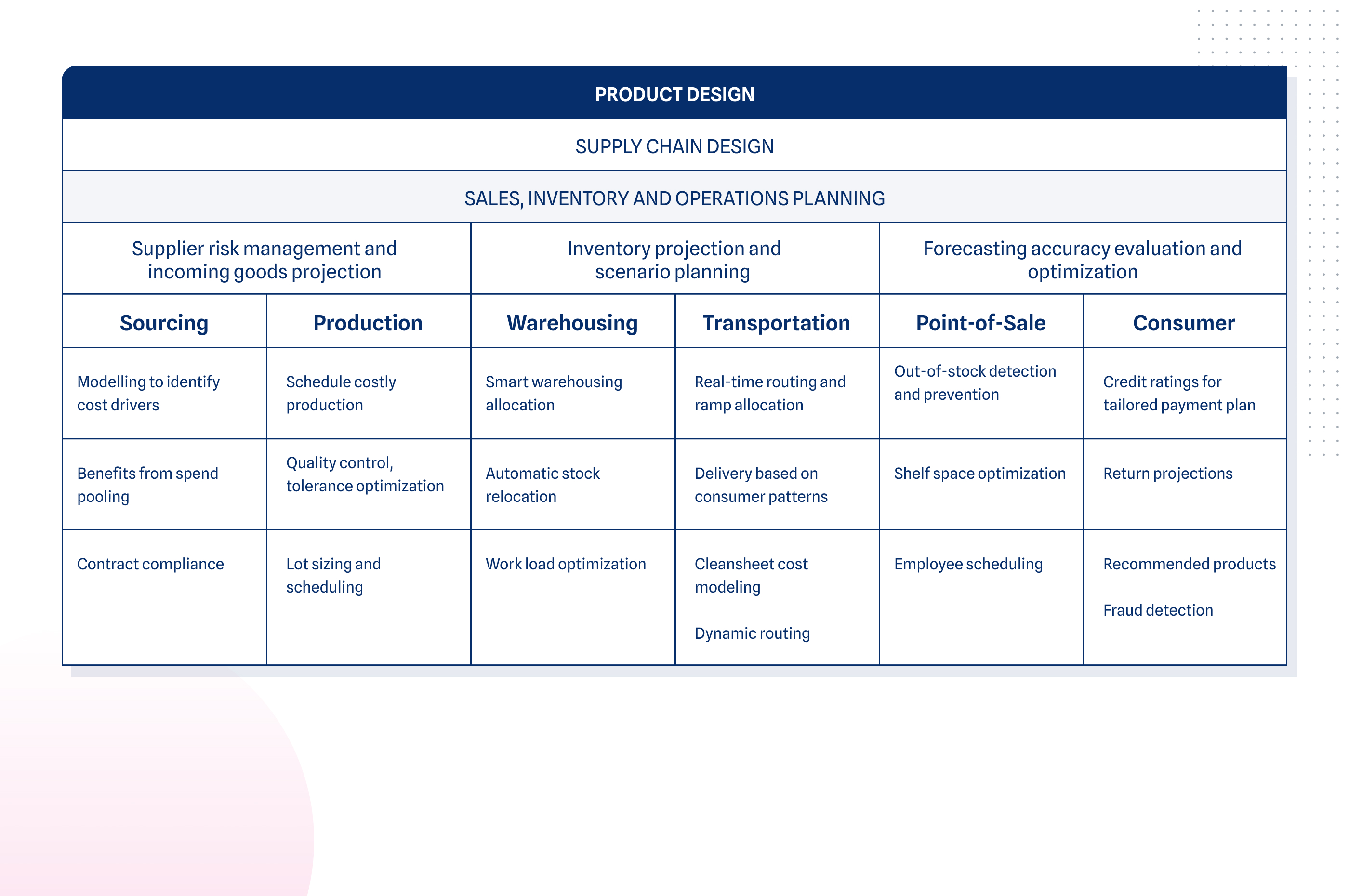
Data Solution:
Understanding interdependencies requires bringing datasets together and transforming them into a single product to see a holistic picture.
Ready for any scenario
For companies who want to get predictive and future-proof their supply chains, the evolution of a more mature data strategy and supporting digital infrastructure is critical. As McKinsey notes, modernizing data architecture, moving to the cloud, and retraining algorithms based on new realities will enable leaders to get the most value from their data.
By embedding a data strategy into your supply chain process, your company can: accurately predict demand for different products based on factors that influence consumer preferences; identify patterns in real-time (consumer purchasing behaviour); and optimize inventory and asset productivity by preparing orders to meet a predicted demand. Applying ‘fresh data’ to fuel your predictive models will enable you to get ahead of problems, respond rapidly in times of crisis, and see the full picture, even outside of your direct network.
Data Solution:
Once your company has made the investment in a data strategy, you need the right tools to support that strategy. It’s time to transition from a legacy data warehouse into a scalable, centralized data platform.
Data meets the needs of your business
The COVID-19 pandemic has given companies an opportunity to transform the way they do business. In uncertain and volatile environments, clear information and the ability to analyze it is the only way out. Here’s an overview on how leveraging a data solution around your supply chain can help your organization achieve its business needs:
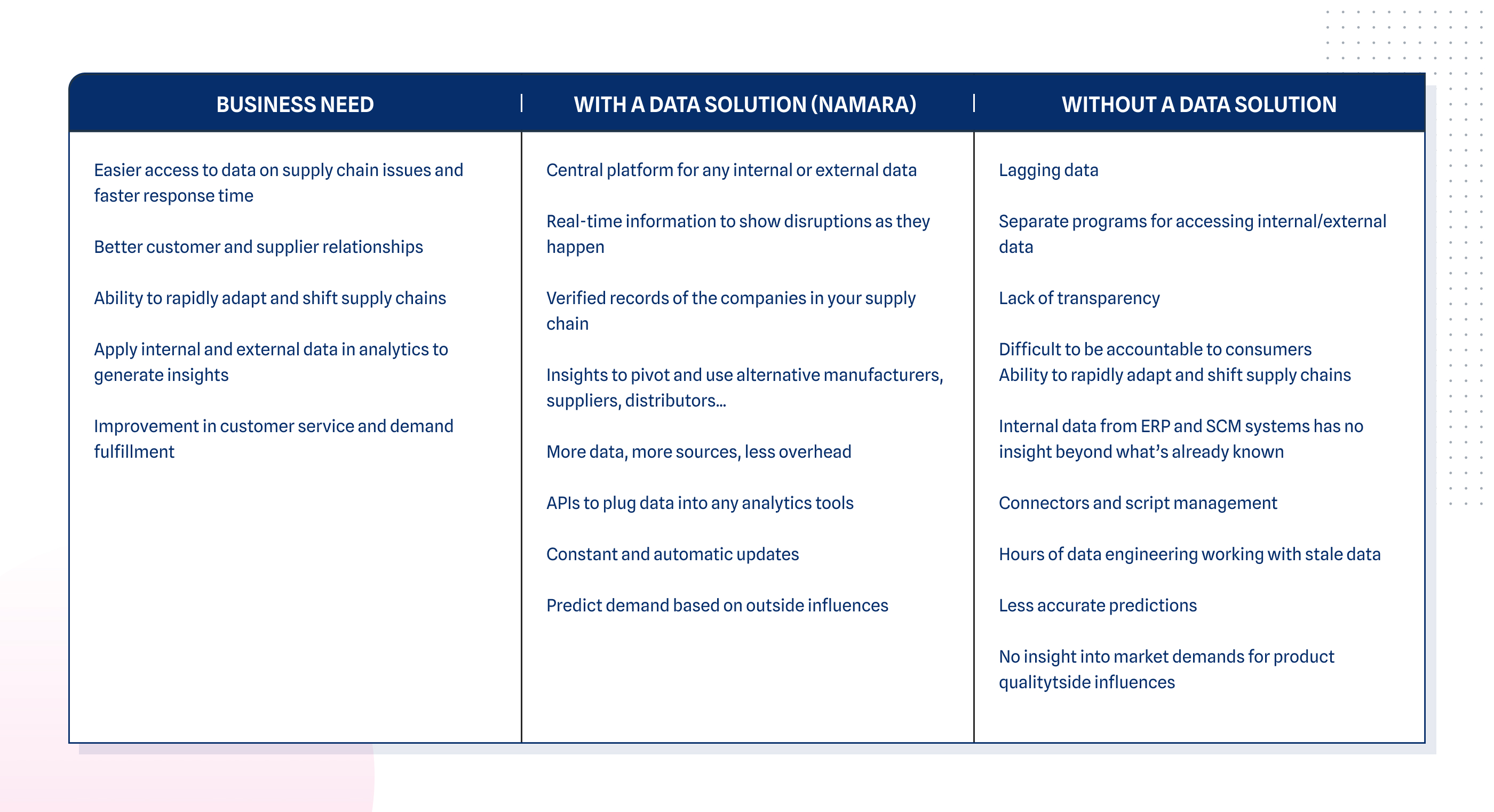
Moving forward
While nobody can predict what the new normal will look like, we do know that companies need to leverage more data more efficiently, not only in their supply chain models but across their entire organization. Companies that are able to make this strategic decision will become more resilient and better prepared for future disruptions.
Want to learn more about aligning your business and data strategy?
Request a consultation with one of our data experts or browse the largest catalog of solution ready data to determine how ThinkData’s tech can advance your projects.
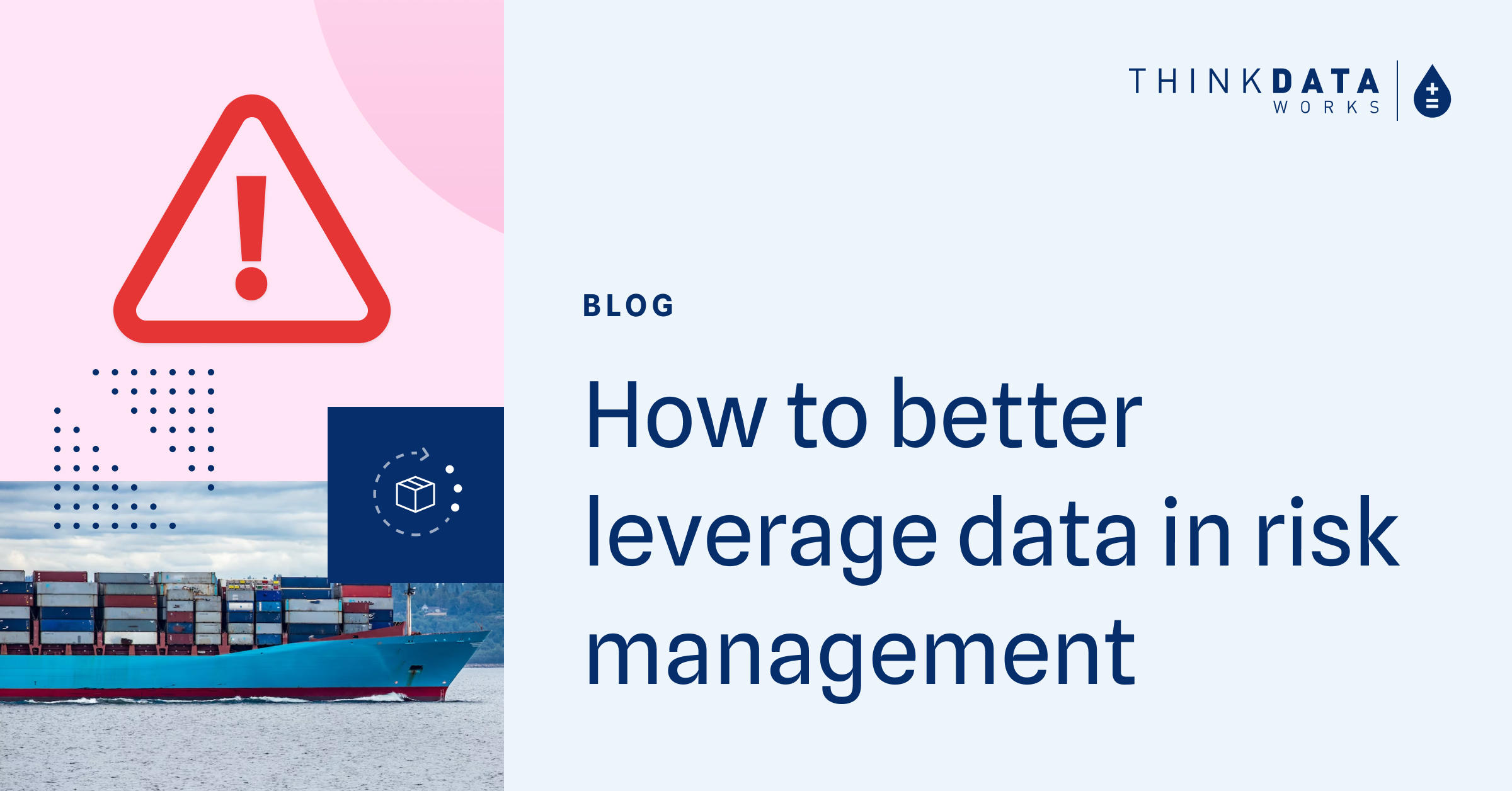
4 min read
How to better leverage data for risk management and crisis response
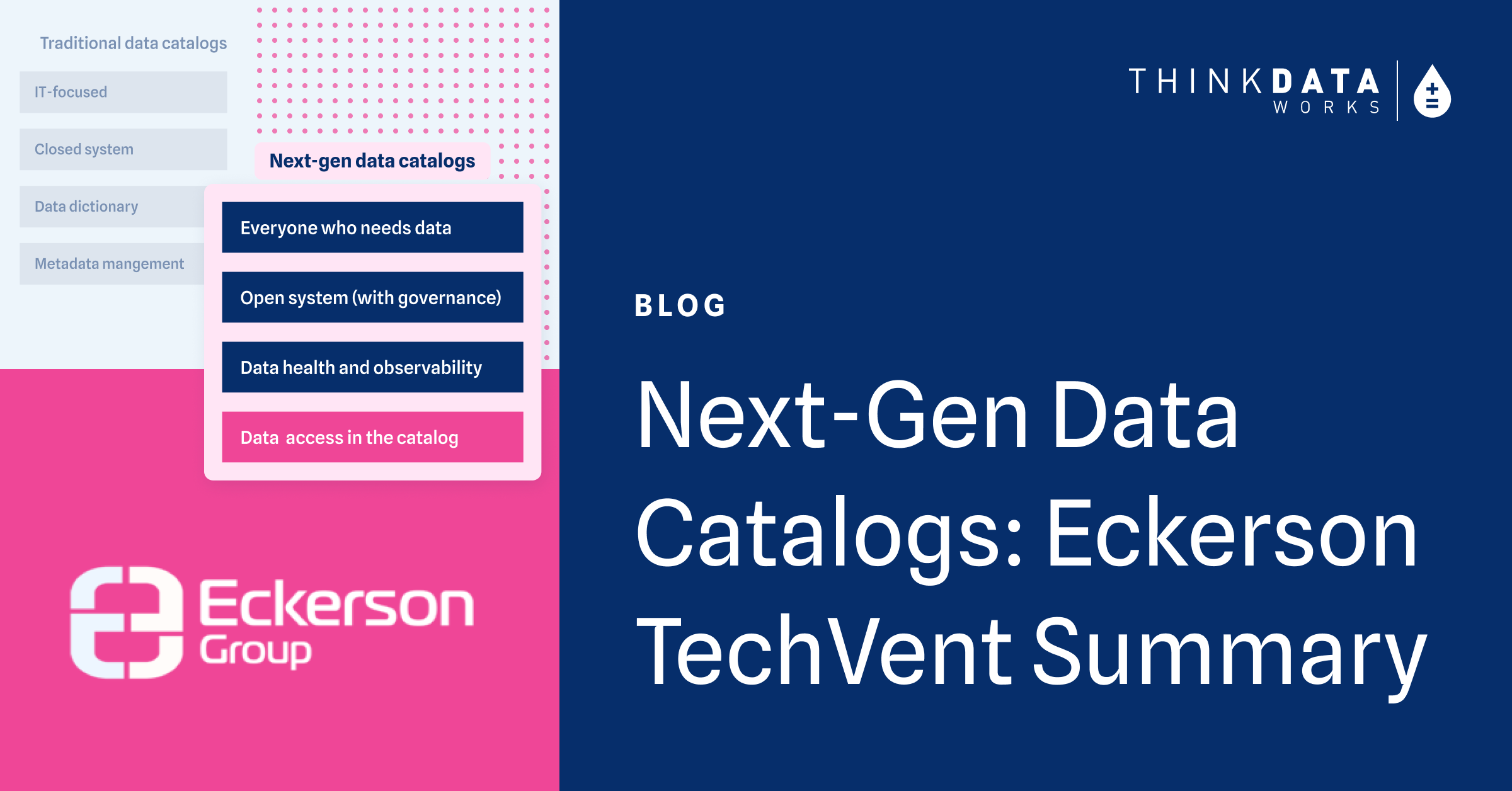
3 min read
